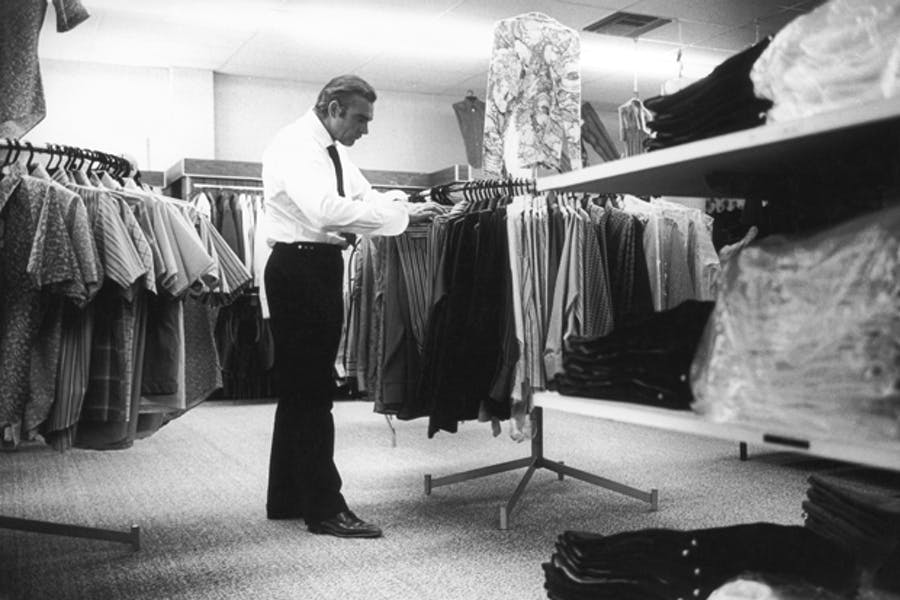
Last week, Simon Crompton published a post on how he’d shop on a budget. Simon’s blog, Permanent Style, focuses on the upper-most tier of luxury men’s clothing — bespoke suits from Savile Row, accessories from Hermes, and ready-to-wear from the likes of Loro Piana. So it wasn’t that surprising to see that, on his list of “affordable” menswear, Simon suggested a relatively more modest $10,000 Cartier watch and saving up for just one bespoke overcoat, rather than splurging on three.
In my years writing about men’s clothing, I’ve learned that affordability is the third rail of blog topics. Budgets are relative, and thus contentious. If I had a dollar for every time someone sent me an angry email over something I called affordable, I could buy maybe one item on Simon’s list.
That said, Put This On has always been geared towards a broader audience. And one that, I think, hews closer to my income level (I do not own any $10k watches). So, I thought it would be worthwhile to think of how I’d shop on a budget — a budget considerably smaller than Simon’s.
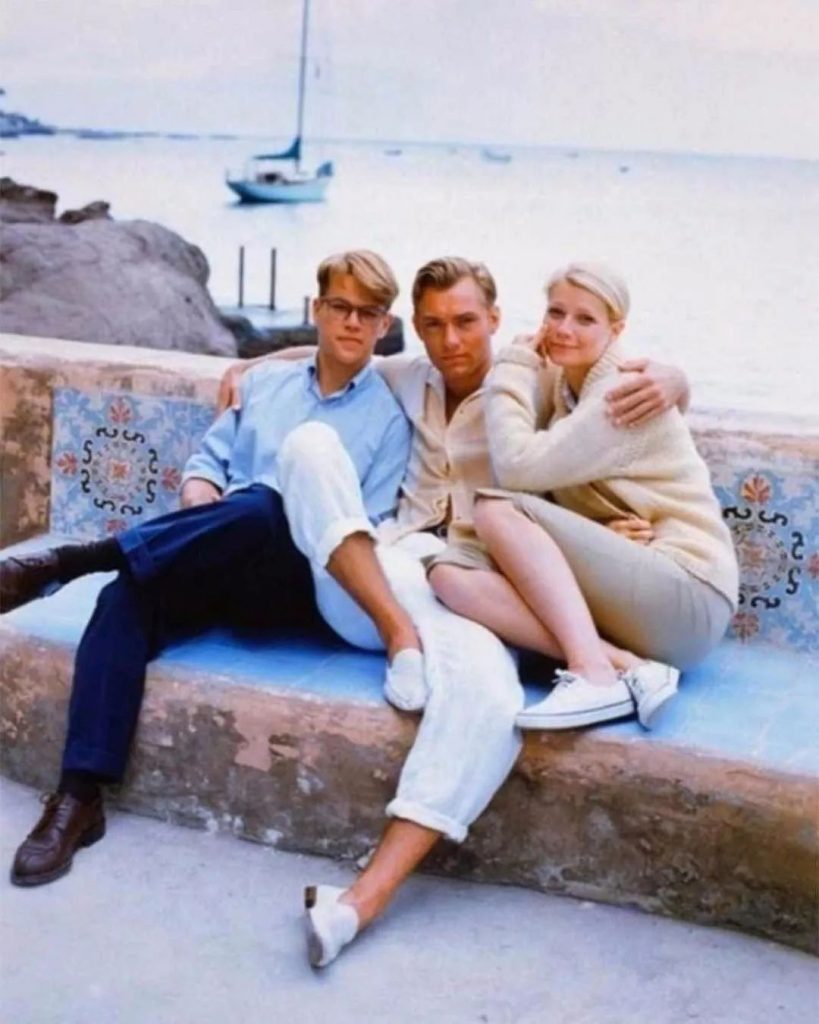
Focus On Building A Base
Most guys go into this process thinking that they need to build towards some ultimate wardrobe — they need a navy suit, pair of black oxfords, ten white dress shirts, and so forth, which they assume they’ll keep forever. We think most guys need a suit, but instead of over-investing in whatever you think will be your “forever wardrobe,” build a base that allows you to develop a personal sense of style. It’s very likely that your taste will rapidly evolve over these next few years. Go into this open-minded and take the time to explore.
A pair of suede chukkas, for example, can be worn with Americana, prep, tailoring, and more forward-facing casualwear. This allows you to explore different areas without having to reinvent your wardrobe every time. In five years, you may find that you still like wearing a navy sport coat with flannel trousers, in which case you can still wear those chukkas. But if in five years, you find that you prefer Engineered Garments and Orslow, those chukkas will still work.
Build this base quickly and keep it small. Use it as a springboard to explore, and slowly develop a wardrobe over some years with considered choices. Allow yourself room to experiment — buy that strange jacket, if you’d like. Or stay close to things that you’ve found works for you. But think of this process more about honing your taste. The times I’ve interviewed well-dressed men about what they wear most, few people name the kind of “essentials” seen on every “how to dress well” guide.
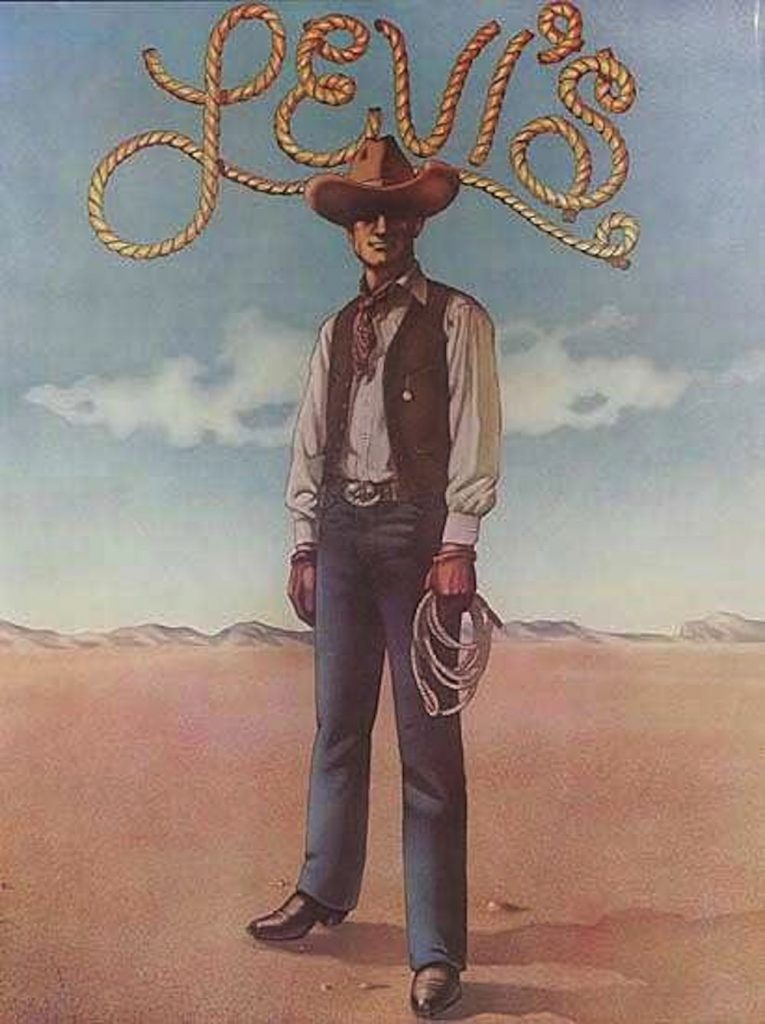
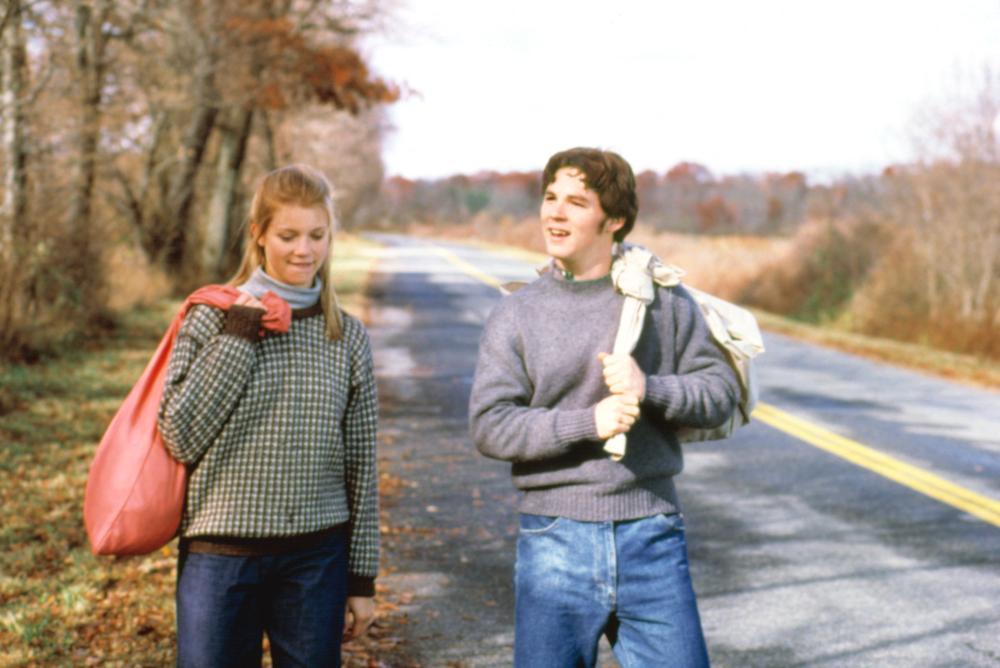
Think Of Clothing As Social Language
When you’re just starting, the idea of dressing well can be somewhat nebulous. Your first set of purchases, maybe going into the first couple of years, will be full of naive and poorly informed decisions because you’re just starting to learn a kind of visual language. You may purchase a pair of purple jeans and canary yellow pants because you thought they looked colorful and fun, but later realize … they’re purple jeans and canary yellow pants. You may also run in the opposite direction, buying everything deemed classic and timeless because you assume that means they’re unimpeachable.
You’ll make mistakes, but to limit the number made, focus on developing your eye. Think of clothing as social language. There’s some art to this, and you need room for personal expression, but a lot of what makes an outfit work is about how it connects to some other part of culture — classic Italian tailoring, the 1970s rock ’n roll look, revitalized ’80s prep, and so forth. You don’t have to dress in costume, but understanding how to express yourself using already established visual language will allow you to make better shopping choices.
Also, be realistic about what works for your budget and lifestyle. There’s so much possibility when it comes to men’s style, don’t get hung up on just one aesthetic. If you want to dress like some Italian magnate, it will be hard to do that on a budget. But workwear? Pretty easy.
As you develop your sense of dress, pay attention to art, music, films, TV, history, sport, and other areas of culture. Read about Mods and preps and Armani and Helmut Lang. Learn how to think about color and how to read formality in tailored clothing. Read our guides on how to build a casual wardrobe and how to do business casual without looking like a schmuck. We also have a post on how to put together a successful outfit. Save photos that inspire you (Instagram and Pinterest can be useful resources). Our onboarding page is designed to help you get started towards building a better wardrobe.
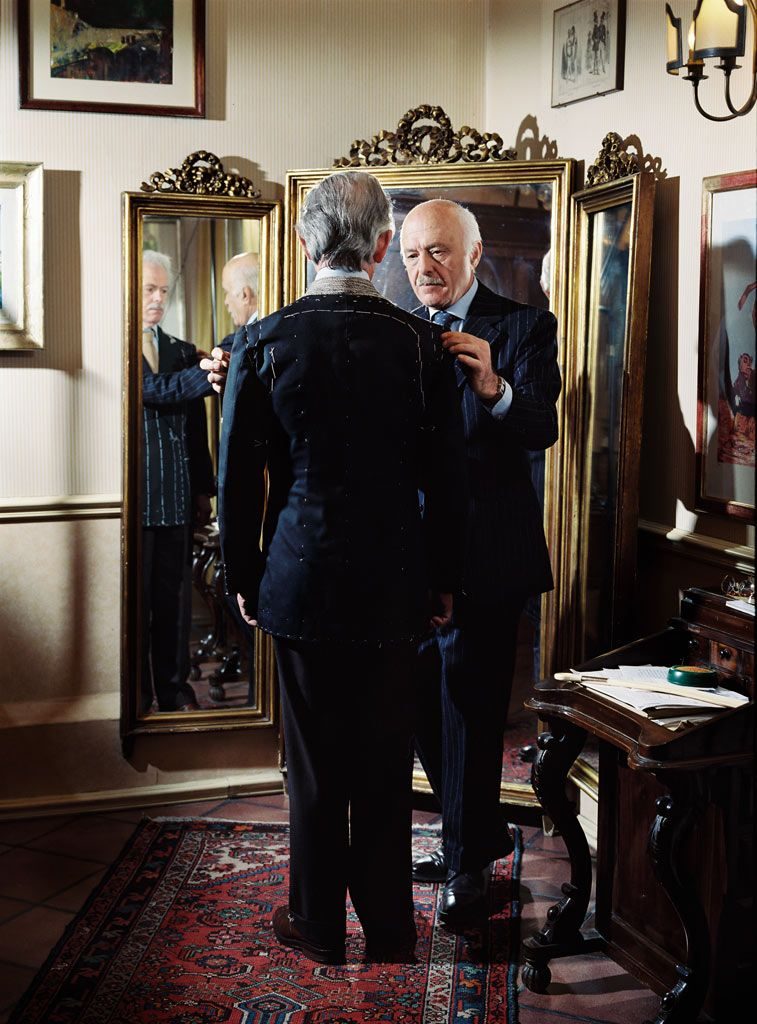
Stick To Ready-To-Wear
Here’s where I diverge from Simon, who encourages his readers to shop for custom clothing, even if they’re on a budget. The idea is that custom-made clothing fits better than ready-to-wear, and you’d be better served by getting something good at the outset.
I have less experience with custom clothing than Simon, but I’d like to think that I have some. I’ve used big-name makers (e.g., Anderson & Sheppard, GJ Cleverley), as well as smaller firms (e.g., Steed, Napoli Su Musira, Solito, Ascot Chang, Nicholas Templeman). I enjoy getting things custom made, but I’ve also found that the bespoke process is fraught with potential pitfalls.
It’s beyond the scope fo this post, but the simple issue is that things rarely turn out the way you expect, and finding a good maker is extremely difficult (going to a big name firm doesn’t get you out of this problem). In my years writing about bespoke clothing, I find that horror stories are often hidden from public view. They’re traded privately through email, or told over dinner, rather than posted online. It may be that the tailor isn’t very good, or that the customer doesn’t like the house style. I’ll save this for another post, but suffice to say: you’re better off thinking of bespoke not as getting some magical, top-of-the-pyramid item, but like trying a restaurant. Ever step into a fancy restaurant and leave unimpressed or even disappointed? Bespoke is like that, but a lot more expensive. Sometimes things turn out great; sometimes, they don’t. Custom clothing can be very rewarding, but I wouldn’t recommend it for anyone who’s thinking about budgets.
Few people can’t fit into ready-to-wear with some alterations. Plus, ready-to-wear has one tremendous advantage: you can put it back on the rack if you don’t like it. Bespoke is useful if you enjoy the process and are obsessive about specific details — and you’re willing to pay through the nose. The only exception is made-to-measure shirts, which are often easier to get right than suits and sport coats but don’t cost that much more than their ready-made counterparts.
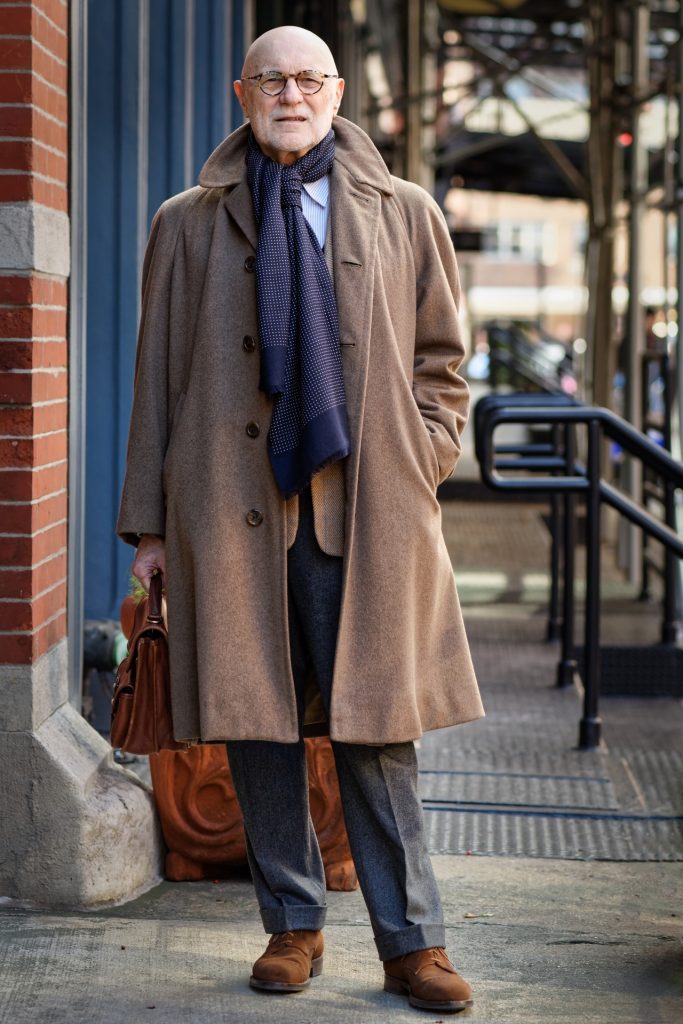
Know Where to Splurge
The centerpiece of almost any ensemble tends to be outermost layer. It’s what people see most easily, and what covers up everything else underneath. This means, if you splurge on outerwear and knitwear, you can often get away with spending little on everything else. It’s also worth stretching the wallet a little more for good shoes. When you have good shoes, they’ll look better with wear, whereas with cheap shoes, you’ll want to bin them after a year.
If you have to cut back on one of those three, know how to make strategic decisions. A cheap grey cotton sweatshirt can be just as useful as plain merino knit, but it’s easier to wash and can be had for little money. If you can’t afford $200 Meermins, don’t get cheap, corrected grain leather shoes. Buy a pair of basic canvas sneakers — plain white Supergas, Chuck Taylors, or Jack Purcells. If you really need leather dress shoes, go for suede, which is often better on the lower end of the market than smooth calf.
The rest can be had for a lot less money. Gustin has raw denim jeans for about $70; Spier & MacKay has button-up shirts starting at $50. Uniqlo is good for almost any kind of wardrobe basic. Even after all these years, I still mostly wear Hanes’ grey socks with my casualwear. They’re like ten bucks for a pack of a billion.
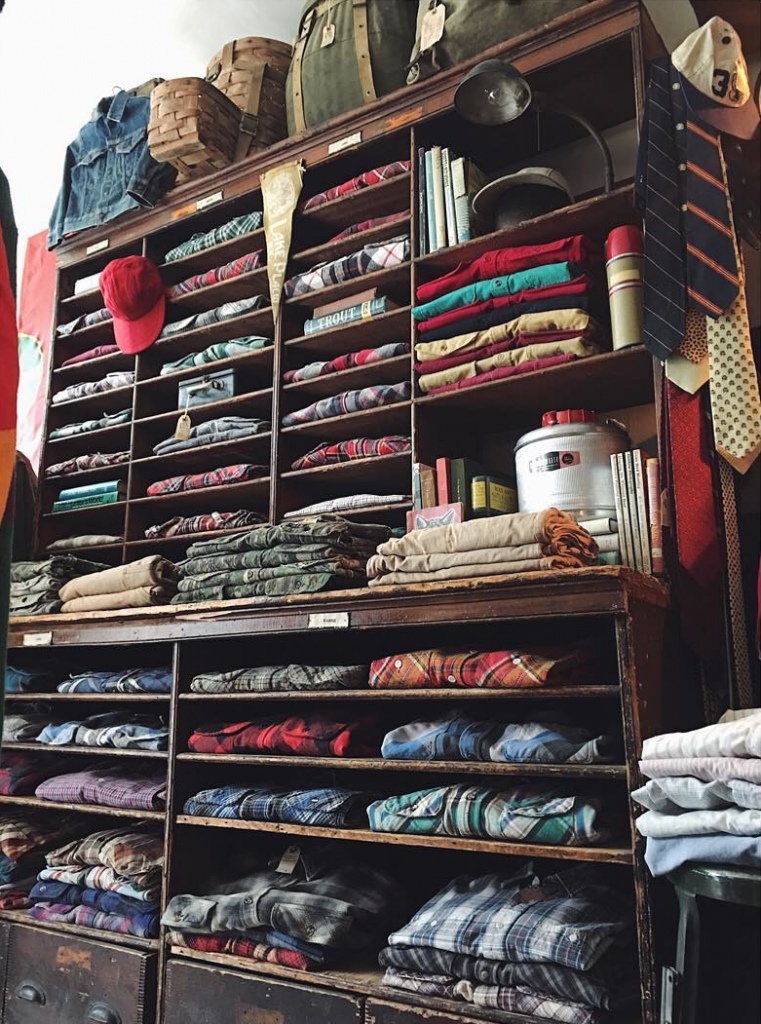
Shop Used Where You Can
Look, we get it. Some people are understandably squeamish about buying second-hand clothing. If it makes you feel better, the world is full of germs, and nearly none that matter will survive a trip to the dry cleaner or a run through your washing machine. And if you buy something second-hand, you’ll want to clean it first before putting it in your closet (just in case it has moth eggs).
Not only is shopping second-hand more affordable and better for the planet, but vintage items often just look cooler. It can be hard to shop for vintage suits because of the particularities in getting the fit right. But certain things are a no-brainer: regimental ties, peacoats, milsurp, chore coats, leather belts, bags, and cufflinks are often better on the used market. Unless you’re shopping at the very high-end of the market, a beat-up, 1980s era Levi’s trucker jacket will look cooler than most things you can find brand spanking new. (Although, I prefer vintage Lee’s to Levi’s).
Check our guide for how to thrift for menswear. We also have a post on how to thrift from the comfort of your couch. Ebay, Etsy, and Grailed are among the many sites these days where you can get great clothes at a fraction of their retail price. We do two eBay roundups per week, and send out a special newsletter to subscribers.
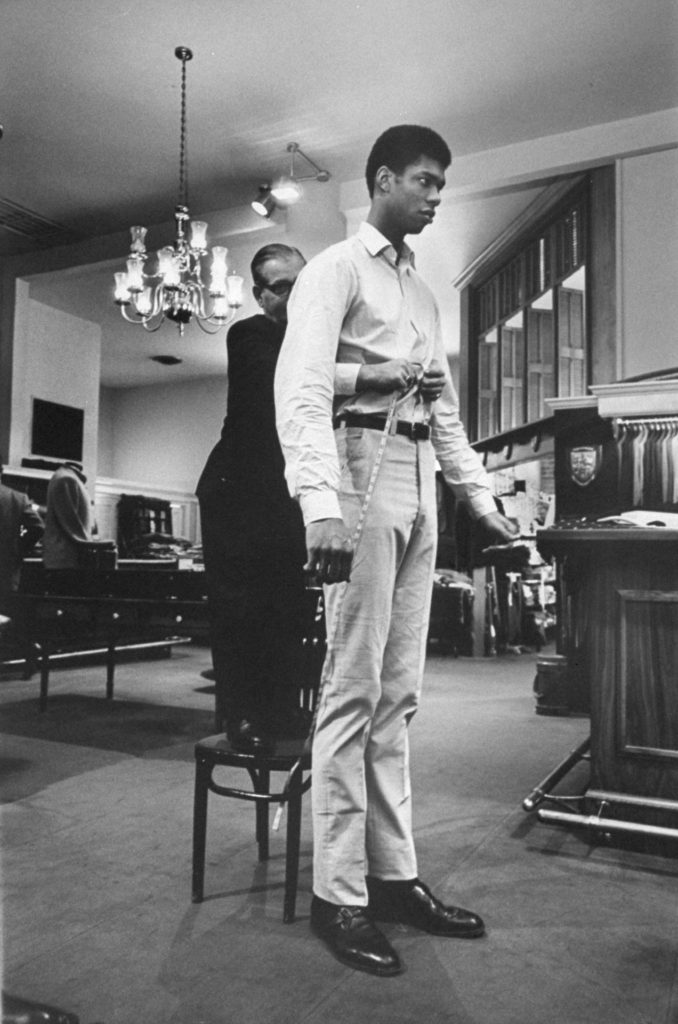
Know What Can Be Altered
You’d be surprised what you can achieve on a budget if you have a good alterations tailor. The trick is finding a good one (we have tips). Also, know what are your particular fit issues, so you’re in a better position to figure out how to solve them.
You may find, for example, that suits and sport coats consistently exhibit a collar gap on you. Perhaps that gap is a result of your shoulders being too square or sloped, or maybe you stand with a different posture than what the coat was cut for. By figuring out your particular fit issues, you can buy better stuff off-the-rack and know what can be altered.
Check our guides on alterations. You should also review our guides on fit and silhouettes, which will give you a foundation for knowing when something is worth purchasing. Always be careful of going too slim. Be honest about what looks good on you in the end.
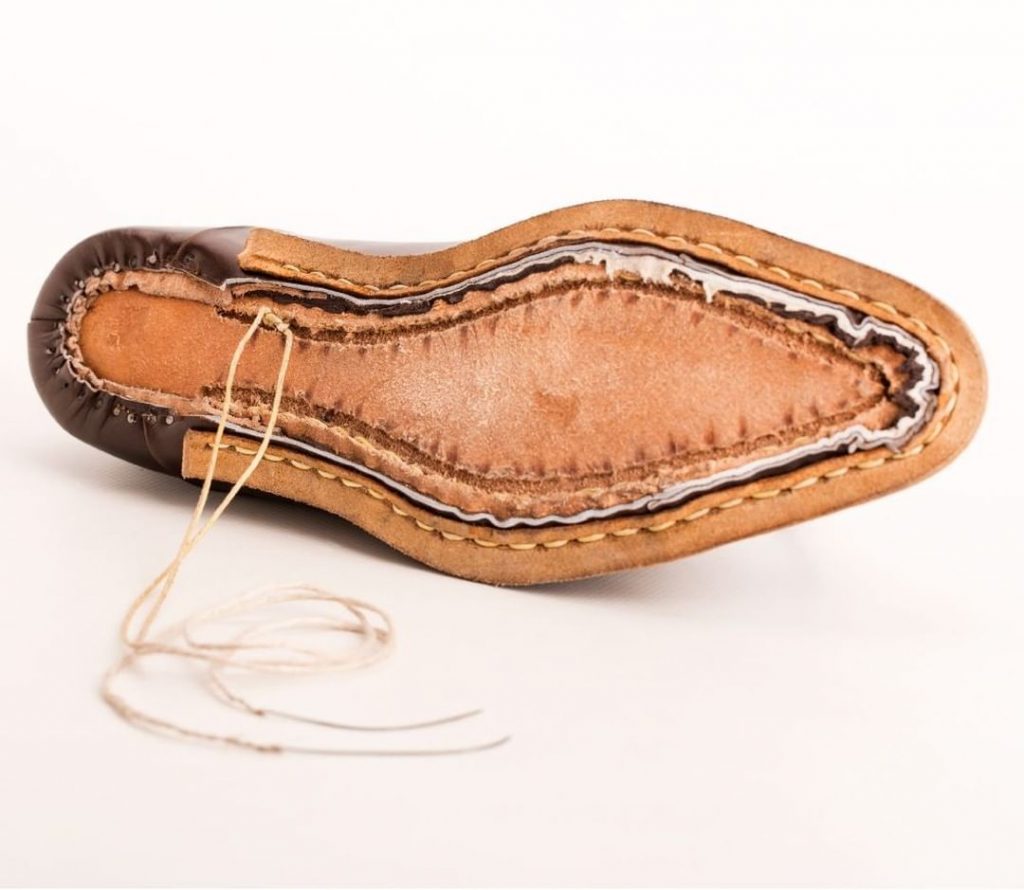
Shop in the Mid-Tier
I’ve learned over the years that the best purchases are the ones where you just buy the thing you want — even if it means ponying up a little more than you wanted to spend initially. You’ll often get the most value out of something if you love wearing it.
But when you’re starting and don’t yet have a strong view on things, it’s often better to shop in the mid-tier. The main difference between Meermin, Crockett & Jones, and Edward Green is about aesthetics. Until you have a strong view on brogues, chukkas, and penny loafers, however, shopping in the mid-tier allows you to make a mistake without it being finically ruinous. Plus, while quality correlates to price, it certainly doesn’t correlate to price directly. Should you decide to sell your stuff later, you’ll also get a higher percentage of your money back on mid-tier purchases. Oh, and learn how to sell your old clothes. Regular closet cleaning is a good way to minimize your expenditures.
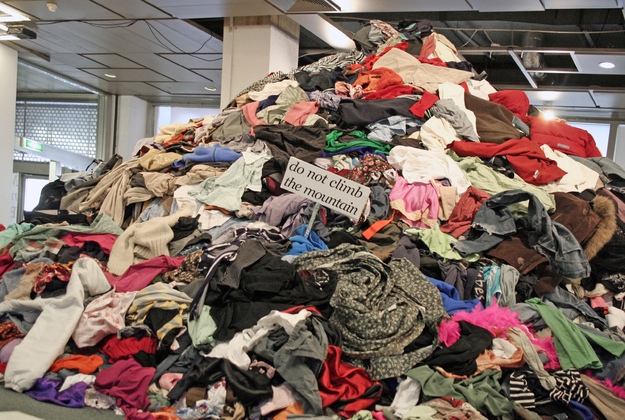
Be Careful With Deal Hunting
The thing about good deal hunting is that you can’t think of what you’re doing as deal hunting. Don’t buy something just because it’s on sale. Don’t always look for the lowest-priced item. Beware of outlets, which these days are often just stocking lower quality lines made especially for them. It can be tough to resist that orange cashmere sweater marked from $490 to $49 – that’s 90% off. But how valuable is an orange cashmere sweater to you?
A good way to avoid lousy impulse shopping is to plan ahead. Think about what you need for the year and pay attention to what stores are carrying before things go on sale. Consider what you’ve been wearing and where you’d like to take your wardrobe. If you have to attend a wedding next year, start shopping for a suit now, rather than three months before the event. If you accept that you might not get something now, you can buy from a position of strength. As Jesse wrote years ago, “good, fast, cheap — pick two.”
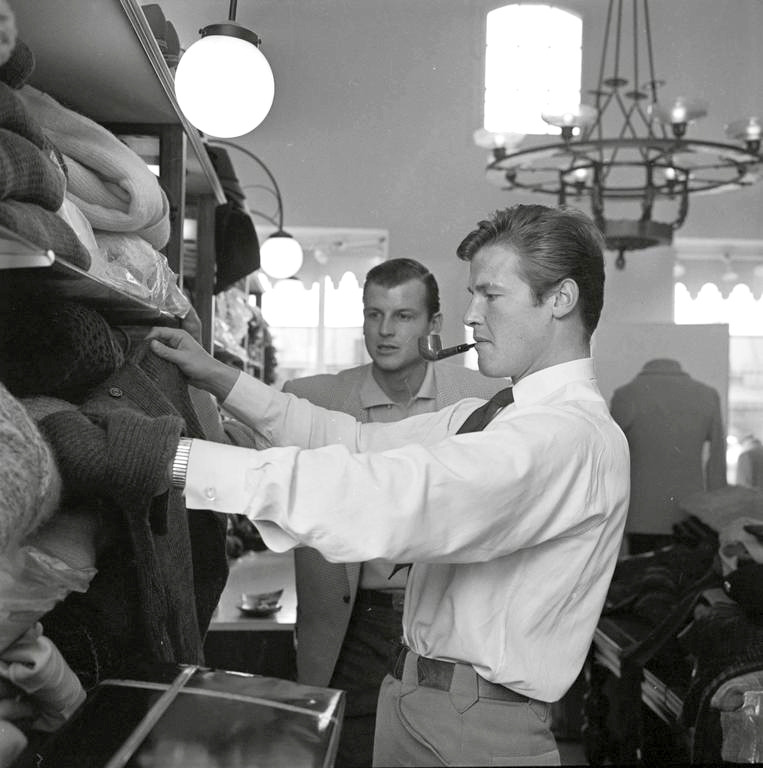
Buy What’s Good
A lot of the above is to encourage you to make smarter, more financially responsible choices. Don’t immediately build out a large suit wardrobe if you haven’t yet worn suits for a while and know what works for you. Don’t feel the need to buy top-end items or even custom clothing when mid-tier ready-to-wear, and sometimes even vintage, can be better value for your money.
At the same time, know what’s good. I’ve found that sometimes the most costly items were the ones where I compromised. I bought something as a substitute for the thing I really wanted. And in the end, I just ended up buying that other thing anyway, while having to resell the original purchase at a loss. It’s also often better to have one good item that works, rather than five things that don’t work at all. Knowing what’s good is a skill — it takes time, knowledge, and experience to develop. But be intentional about it and learn what’s worth purchasing. KonMari doesn’t have to be just about tidying up; it can also be about knowing what you should acquire. Buy things that spark joy.
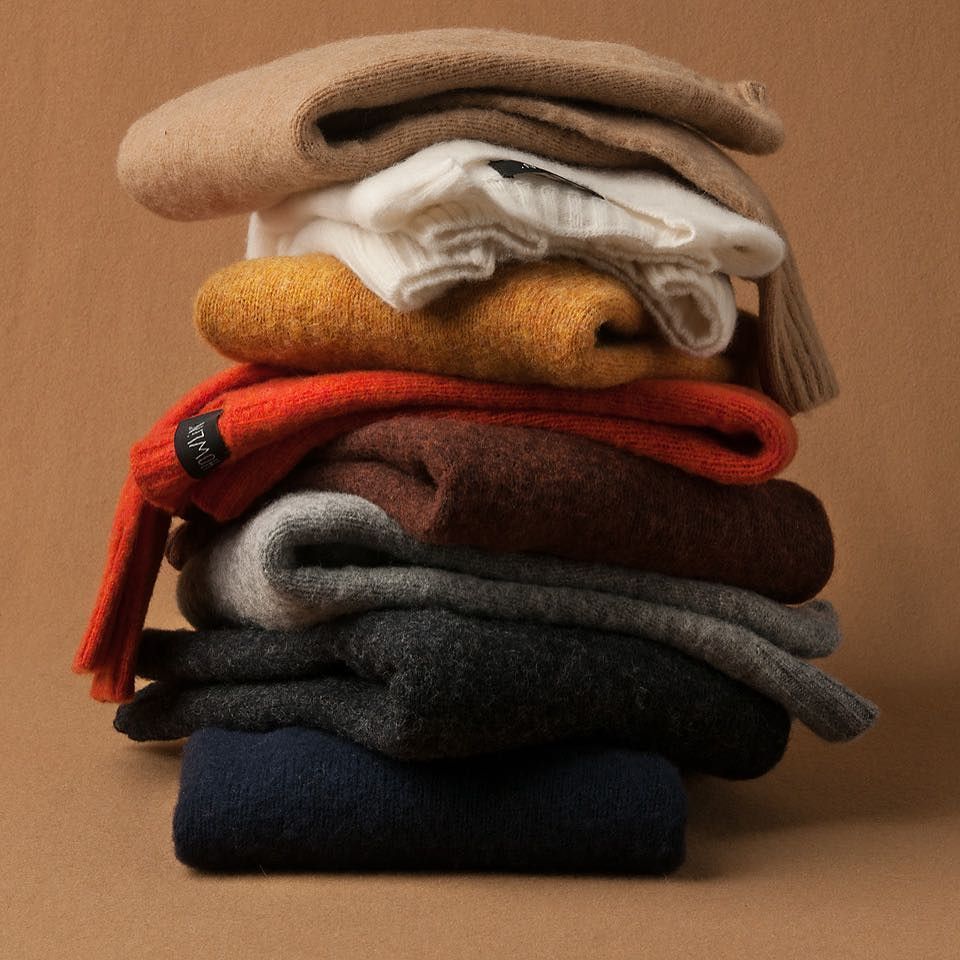
Start With These Basics
I hesitate to give a list since everyone has different needs, but for a generic starting wardrobe, I think it you could do worse than with the following:
A proper suit: Almost everyone needs a sincere suit. Get one in solid grey or navy, then all the things you need to wear with it, including a white spread collar shirt, white linen pocket square, and a dark tie (our sponsor Chipp sells reasonably affordable grenadines). Buy a pair of black oxfords if you wear suits often, dark brown derbies if you don’t.
Slim-straight, raw denim jeans: The foundation of most casual wardrobes these days. Raw denim often looks better over time than pre-washed or pre-distressed denim. The fading just has more character and looks more natural.
Grey sweatshirt: Inexpensive and useful. J. Crew and Camber are pretty inexpensive. Todd Snyder’s collaboration with Champion is nice, but a little more expensive. Like jeans, these are the sort of knock-around clothes that look better with wear and tear.
Light-blue, oxford-cloth button-downs: Get one with a proper collar. Brooks Brothers, J. Press, O’Connell’s, Spier & Mackay, Kamakura, Michael Spencer, and our sponsor Proper Cloth are all excellent options.
Versatile shoes: Get shoes that can do double-duty across a range of outfits. Brown derbies are on the slightly dressier side of the spectrum, but useful if you mainly find yourself in tailored clothing. Plain white sneakers are better if you find yourself mostly in casualwear. Chukkas, particularly in suede or pebble grain, sit somewhere in the middle. Avoid bright and unusual colors — tan included. Shoes are often easier to wear in subtle colors, such as dark brown for leather lace-ups or white for sneakers. We have a post on how to find affordable footwear (Meermin and searching for Ralph Lauren on eBay are among the best options).
Navy sport coat: The neti pot of tailored clothing. Most people could use a good one.
Grey flannel trousers: The navy sport coat of pants.
Shetland sweater: Possibly the most versatile sweater you can own. More textured than plain merino and more durable than cheap cashmere. In simple colors such as navy, dark brown, or mid-gray, these will work across a surprisingly wide range of outfits. Shetlands work just as well with oversized topcoats as they do with waxed cotton Barbours, slim tailored trousers or raw denim jeans, experimental outfits or stalwart classics.
Casual jacket: Get something basic at first to fill your wardrobe, then let your taste guide you. A good starting jacket could be a peacoat, an olive military surplus jacket, a waxed cotton Barbour Bedale or Beaufort, a brown cafe racer, or a wool topcoat. Some of these things can be had for fairly cheap at vintage stores, second-hand thrifts, and milsurp depots. We also have guides on affordable outerwear.







